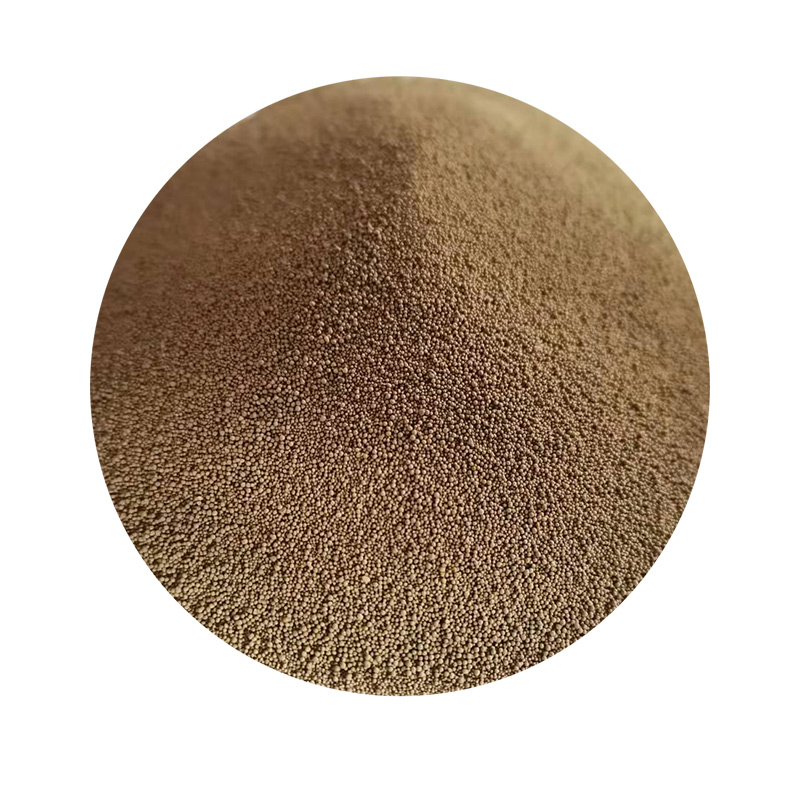Understanding Bauxite Sand A Comprehensive Overview
Bauxite sand is an essential material that plays a crucial role in various industrial processes and applications. Primarily composed of aluminum oxide minerals, bauxite is the principal ore for aluminum production. However, the term bauxite sand can refer to the fine particles or grains derived from bauxite, which has specific properties and uses that make it significant in multiple sectors.
Composition and Characteristics
Bauxite itself is typically formed through the weathering of aluminum-rich rocks in tropical and subtropical environments. It is composed mainly of minerals such as gibbsite, boehmite, and diaspore, along with various impurities like iron oxides, silica, and titanium dioxide. When bauxite is crushed and processed, it can result in a sand-like material that retains certain key properties such as hardness, chemical stability, and resistance to heat.
The texture of bauxite sand is granular, making it suitable for use in different applications. Its composition also varies depending on the source of the bauxite, with some sands containing higher levels of silica or iron, which can affect their suitability for specific uses.
Applications of Bauxite Sand
1. Aluminum Production The most prevalent use of bauxite and its derivatives, including bauxite sand, is in the aluminum production industry. The Bayer process, which refines bauxite to extract aluminum oxide, involves crushing bauxite and using chemicals to separate aluminum from impurities. The fine particles of bauxite sand can be an integral part of this process, contributing to the overall efficiency of aluminum extraction.
2. Refractory Materials Due to its high melting point and thermal stability, bauxite sand is commonly used to manufacture refractory materials. These materials are essential in industries that require high-temperature processes, such as glass production, cement manufacturing, and steel making. The use of bauxite in refractories ensures that furnaces and kilns can withstand extreme temperatures without degrading.
bauxite sand

3. Ceramic Tiles Bauxite sand can also be incorporated into ceramic mixtures to enhance the properties of tiles and other ceramic products. Its presence can improve the durability and heat resistance of the final product, making it suitable for a variety of applications, including flooring and wall finishes.
4. Abrasives The hardness of bauxite sand makes it a valuable component in the production of abrasives. It can be used in sandblasting and polishing applications, where a rough surface is required to remove coatings, contaminants, or to prepare surfaces for further treatment.
5. Environmental Applications Interestingly, bauxite sand has found a niche in environmental applications as well. It can be used in filtration systems to remove impurities from water or as a soil amendment to improve the quality of soil in areas degraded by mining activities. Its chemical composition can help neutralize acidic soils, promoting healthier plant growth.
Economic Considerations
The extraction and processing of bauxite sand can have significant economic implications. Countries rich in bauxite resources, such as Australia, Brazil, and Guinea, have developed thriving industries centered around the mining and processing of bauxite. The global demand for aluminum, driven by industries such as aerospace, automotive, and construction, has only intensified the need for quality bauxite and its derivatives.
However, the mining of bauxite can lead to environmental concerns, including land degradation and pollution. As such, sustainable mining practices are becoming increasingly important. Companies are now focusing on minimizing their environmental footprint and rehabilitating mined land to ensure ecosystems are preserved.
Conclusion
In conclusion, bauxite sand is a versatile material with a wide range of industrial applications, from aluminum production to environmentally-friendly solutions. Its unique properties, derived from its mineral composition, make it valuable in many sectors. As demands for sustainable practices grow, the industry must continue to evolve, balancing economic needs with environmental stewardship. As we explore further uses and improvements, bauxite sand will undoubtedly remain an integral part of the global industrial landscape.
Post time:Қар . 05, 2024 22:37
Next:Different Sand Varieties Utilized in Sand Casting Techniques and Processes
